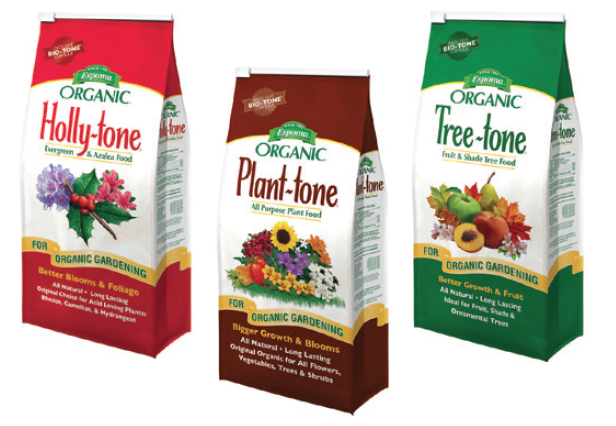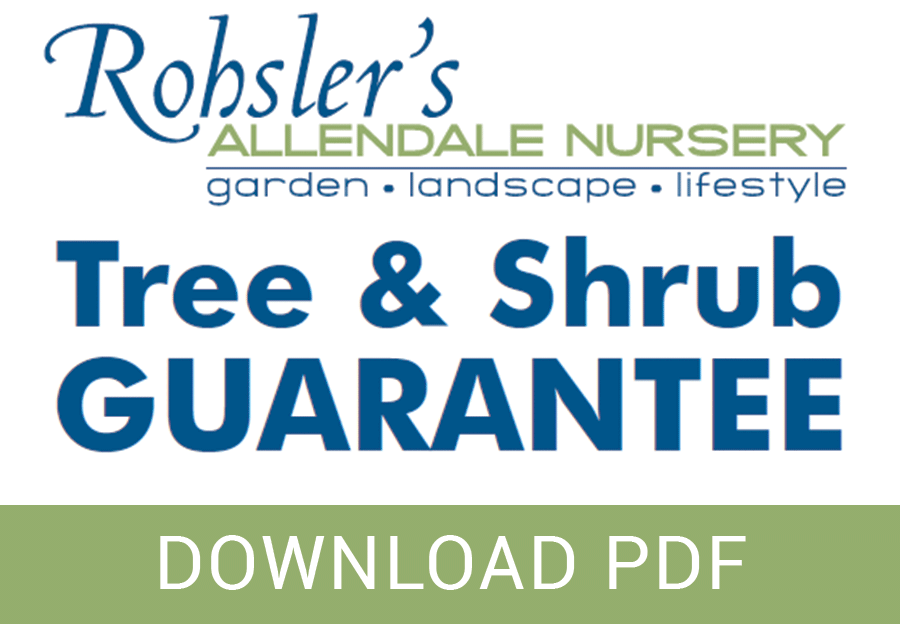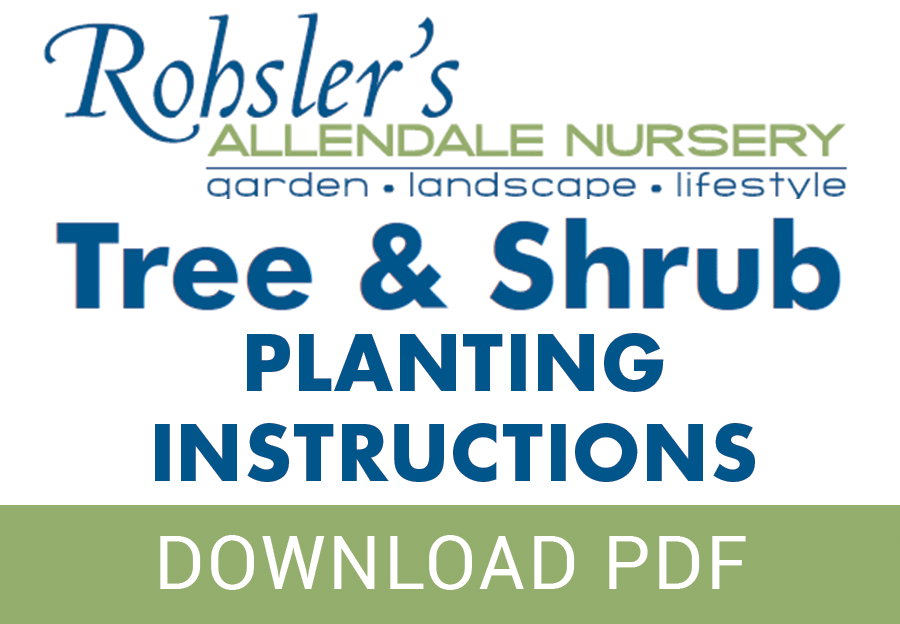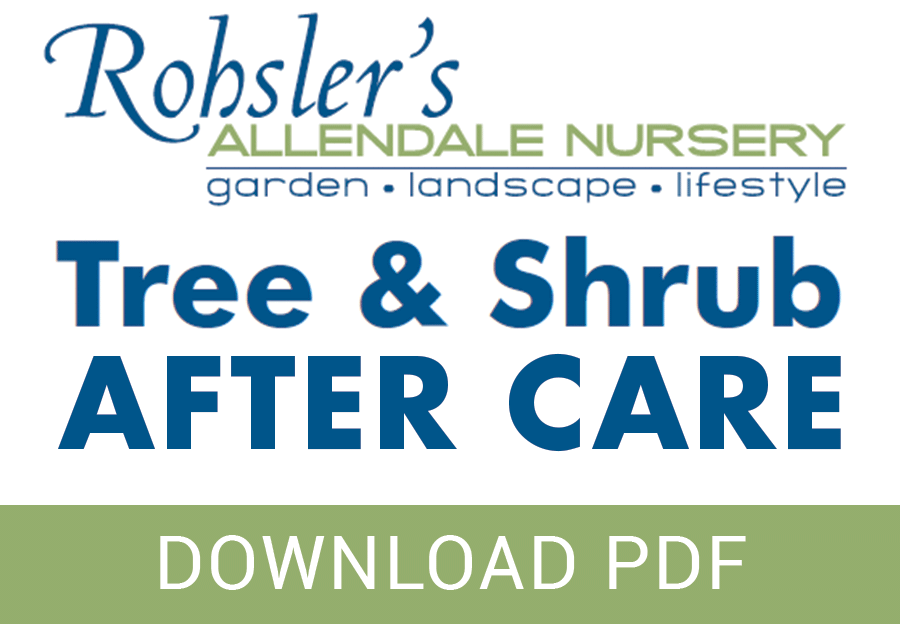Tree & Shrub Aftercare
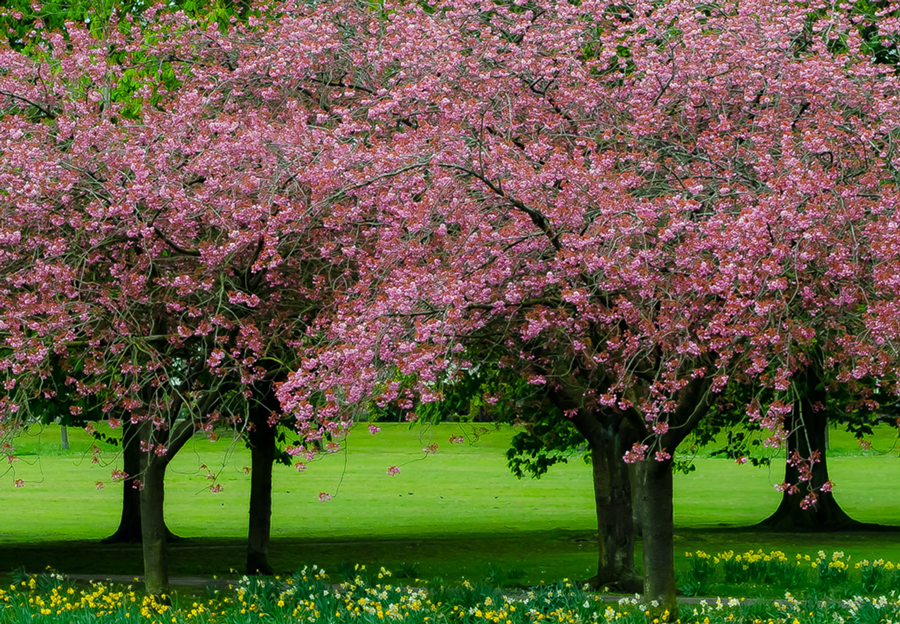
Master Nursery Black Forest Tree & Shrub Mix
You’ve done your homework and planted your new tree or shrub in an appropriate manner and location in your yard. Your plants continued survival depends on proper aftercare and maintenance for the next year.
The wide range of tree and plant varieties, soil types, and weather conditions make it difficult to give hard and fast watering rules, but there a few recognized “best practices.” Here’s what you need to know.
WATERING
Bear in mind that occasional deep watering is much more beneficial than frequent superficial watering. (The latter is often found on sprinkler system settings.)During time of excess rain, make sure sprinklers are turned off.
Overwatering can lead to root rot issues caused by soil-borne fungi. If a wilted plant does not perk up several hours after a deep soaking, DO NOT continue to water the plant. Heat stress can occur in certain plants such as Hydrangeas where the plants exhibit some wilting in the heat of the day but perk up as the day cools down. This is an example of a plant that does not need watering. Allow the soil to dry between waterings (especially when tending Rhododendrons).
WATERING IN DRY CONDITIONS
Hot, dry weather and drought conditions call for extra vigilance. Smaller root balls will dry out faster than larger ones, and container plants tend to dry out faster than plants that have been grown in the ground. When irrigating, it is very important to water larger trees and shrubs deeply enough to penetrate the dry, hardened soil.
We frequently experience water restrictions in our area. While this normally does not preclude hand watering of new plantings, one can get creative and use stored rain water in rain barrels or “recycled” cooking or bath water. Gator Bags are a great way to efficiently water trees and large shrubs during periods of drought. Soaker hoses can also be effectively used to water plants, especially hedge plantings.
Be aware that early spring or late fall can also be dry. A deep, thorough watering before the ground freezes in the fall can be very beneficial, especially to newly planted evergreens such as Arborvitae. Autumn plantings may not have sufficiently established roots to handle a dry, snowless winter or extended periods of frozen soil. Applying an anti-desiccant, such as Wilt-Pruf, in late fall can prevent winter dehydration injury in broadleaf evergreens such Holly and Rhododendrons. Plants should be dormant and not in active growth when the anti-desiccant is applied. Late November and again in early February are ideal times to apply Wilt-Pruf when temperatures are above 40 degrees.
FERTILIZATION
Heavy fertilization is NOT recommended for new transplants. A slow-release starter fertilizer, such as Espoma Bio-tone Plus along with Bonide® Root & Grow will satisfy the plant’s initial fertilizer requirements for about 6 weeks. After that, a monthly application of Bonide® Root & Grow will provide the nutrients plants need to establish themselves and thrive the first year.
Espoma granular products (Holly-tone, Plant-tone, and Tree-tone) may be used as well. Typically, a spring feeding and fall feeding of Espoma’s fertilizers will be sufficient once plants have been established in the landscape.
Rohsler’s Recommended Products for Tree & Shrub Planting Success:
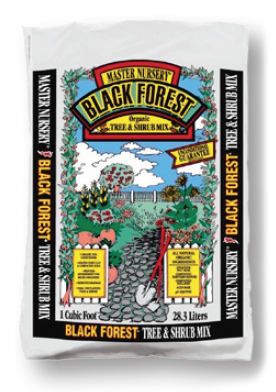
Master Nursery Black Forest Tree & Shrub Mix
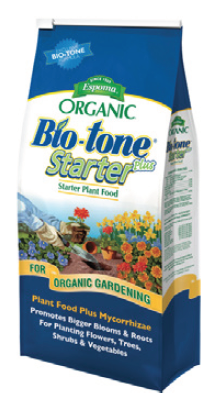
Epsom Organic Bio-Tone Starter Plus-Starter Plant Food
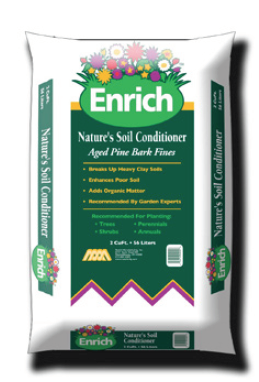
Enrich Soil Conditioner Aged Pine Bark Fines
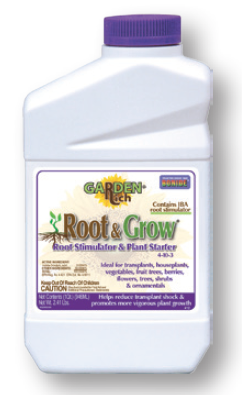
BONIDE® Root & Grow® Root Stimulator & Plant Starter
Mulch
Green Mountain Cedar Mulch, Hemlock Mulch, Root Mulch, Pine Bark Mulch, Sweet Peet, and many more.
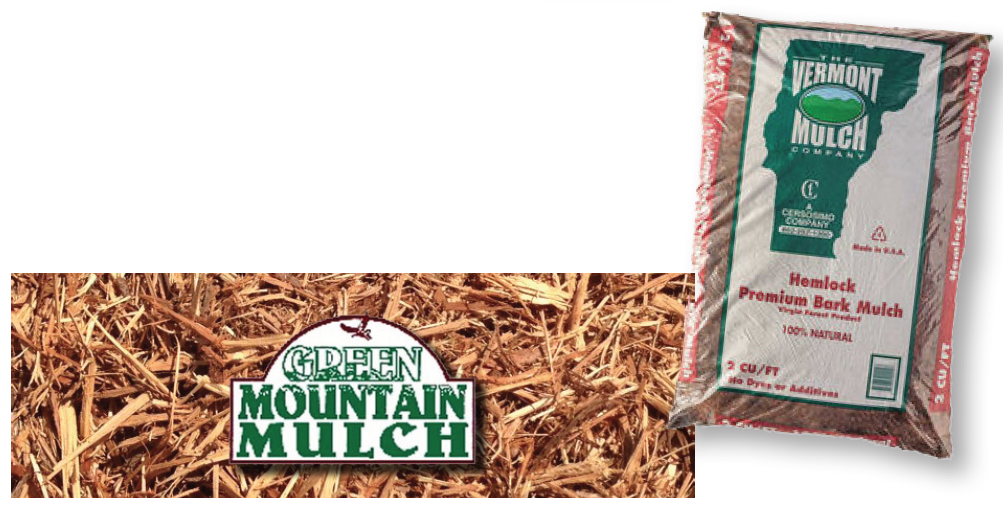
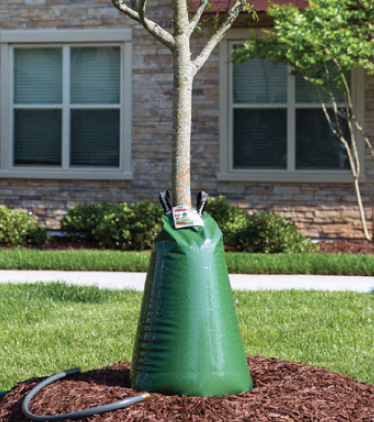
Treegator
Slow release watering bag for new plantings and soaker hoses can also be used and will cut down on time spent watering.
Recommended Espoma Granular Fertilizers
(Holly-tone, Plant-tone, and Tree-tone) can be used as well. Typically, a spring feeding and fall feeding of Espoma fertilizer will be sufficient once plants have been established in the landscape.
